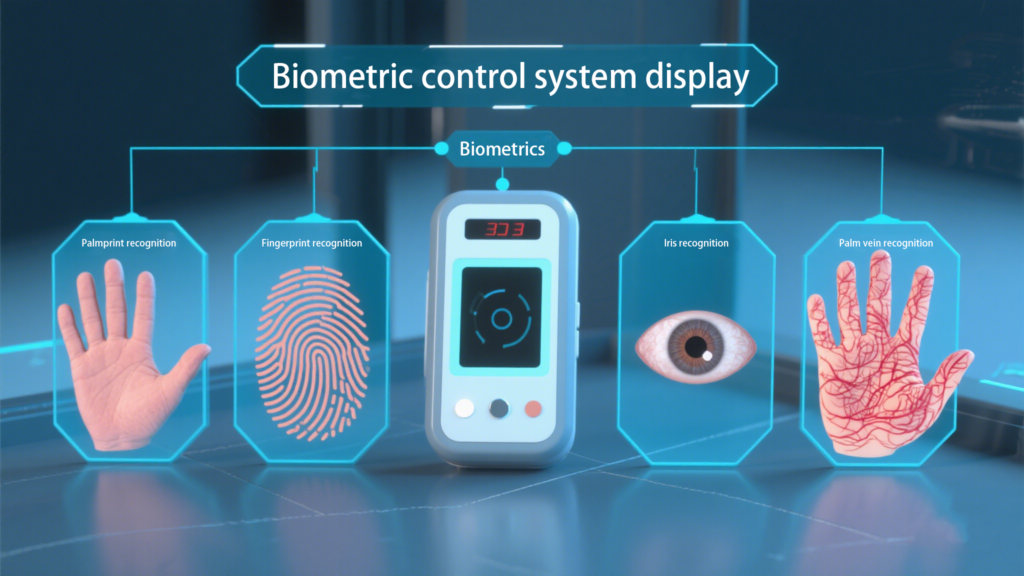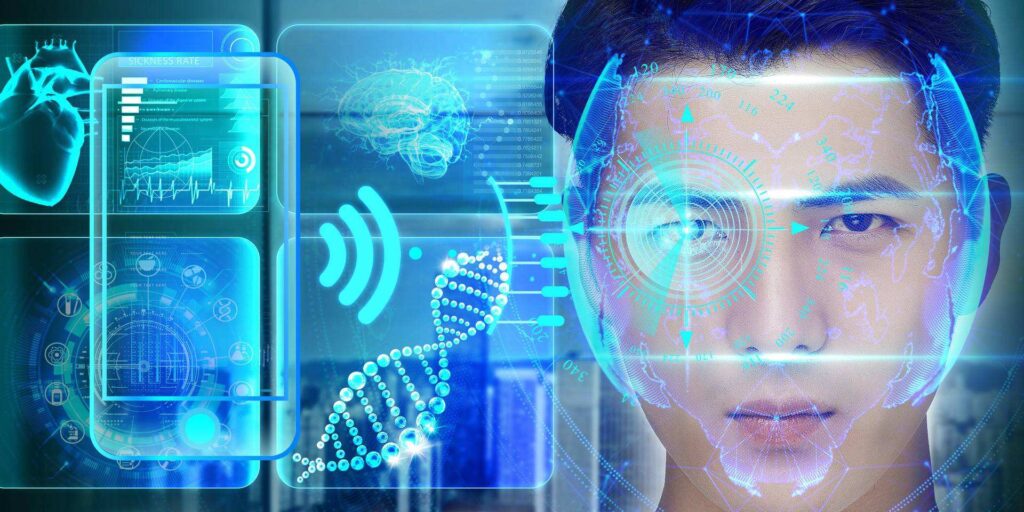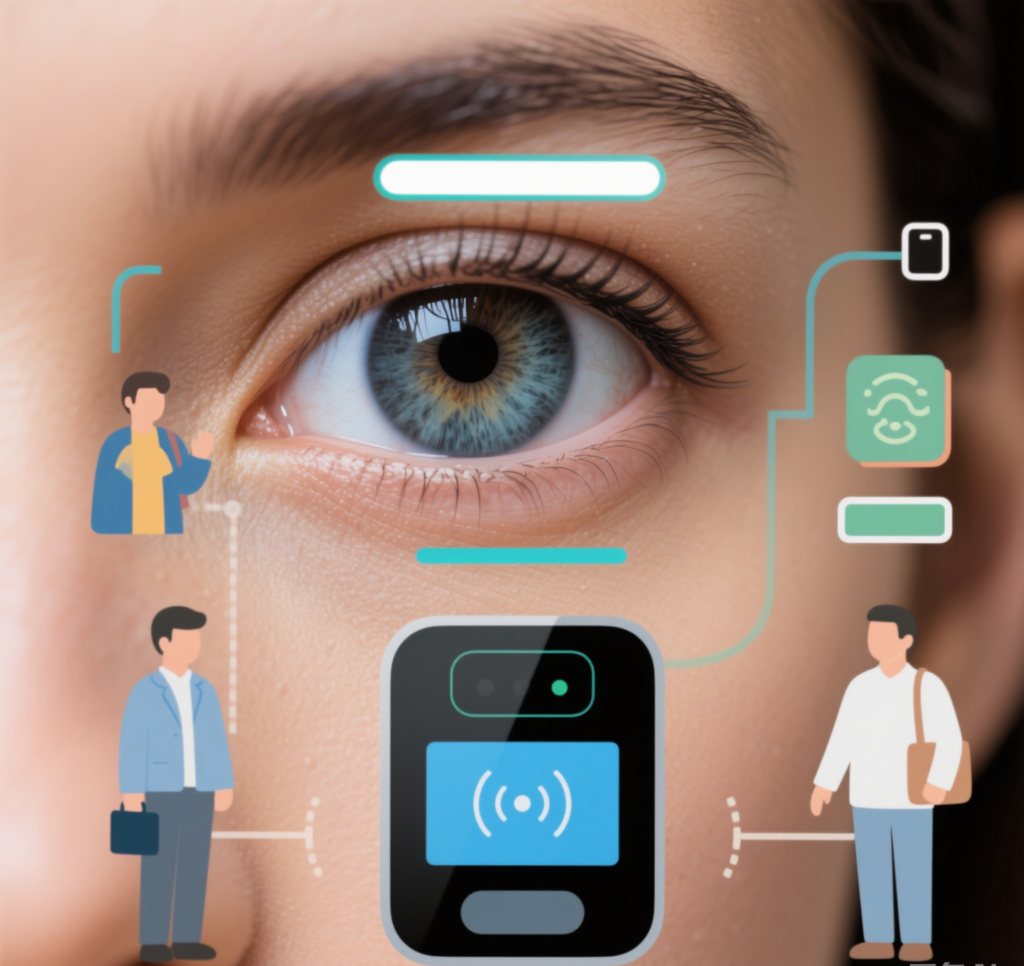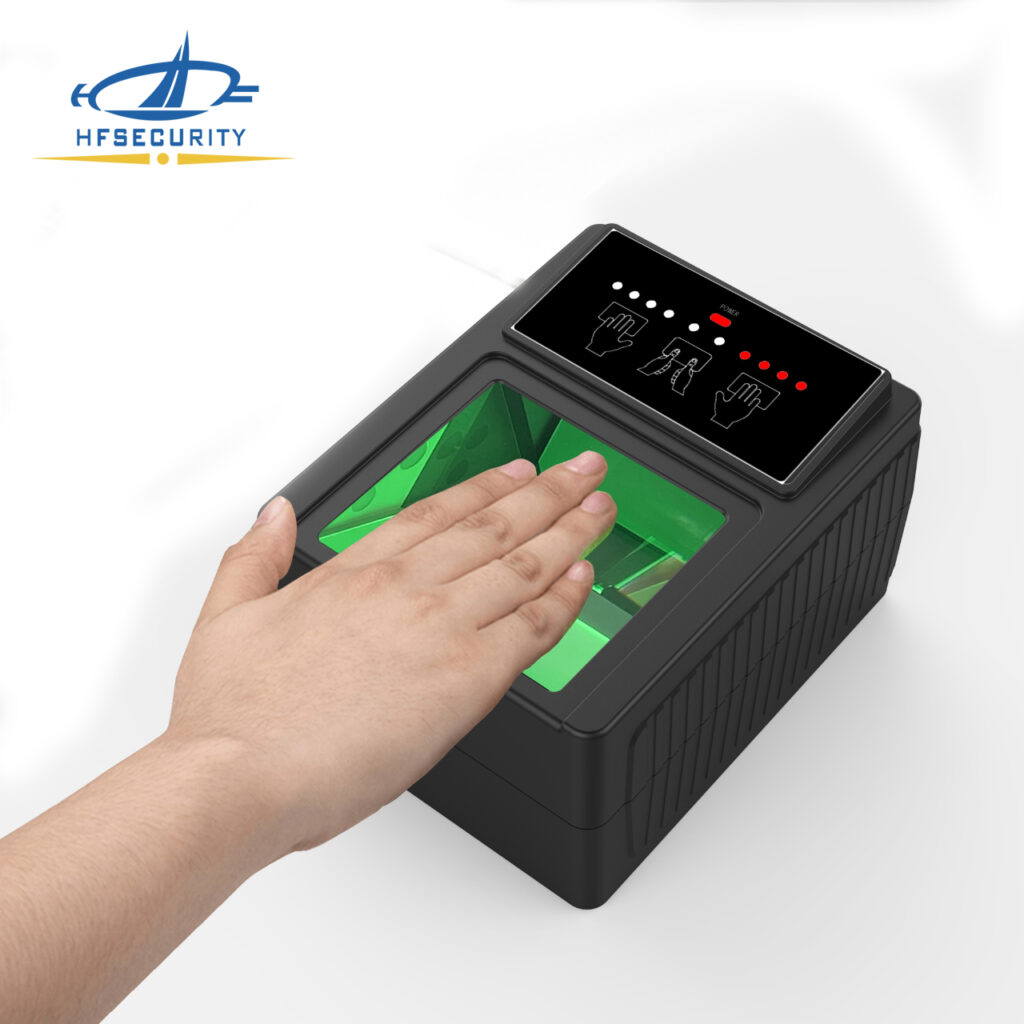In an increasingly digital world where security and convenience are paramount, biometric authentication methods have become a cornerstone of identity verification. From unlocking smartphones to securing borders, biometric systems are reshaping the way we think about personal and enterprise security.
But the critical question remains:
Which biometric authentication method is the most secure?
The answer isn’t one-size-fits-all. The ideal solution depends on your specific use case, environment, user base, budget, and level of required security. In this comprehensive guide, we will explore five major biometric methods:
Nhận dạng khuôn mặt
Nhận dạng mống mắt
Nhận dạng tĩnh mạch lòng bàn tay
Nhận dạng vân tay
Password/PIN
We’ll examine each method in depth, compare their strengths and limitations, and help you determine the best biometric authentication method for your application.

What Is Biometric Authentication?
Biometric authentication is a method of verifying a person’s identity using unique physiological or behavioral traits. Unlike passwords or tokens, biometrics are inherent to each individual and therefore much harder to steal, guess, or lose.
Common biometric identifiers include:
Physical: Fingerprints, face, iris, retina, palm veins
Behavioral: Voice, typing rhythm, gait
Biometric systems typically follow three steps:
Ghi danh – A user’s biometric data is scanned and stored securely as a template.
Capture & Matching – The user’s live data is captured and compared to the stored template.
Phán quyết – Access is granted or denied based on similarity thresholds.
Because they are tied to the human body, biometric authentication methods are considered more secure and convenient than traditional approaches.
Biometric Authentication Methods: In-Depth Comparison
Let’s dive deeper into the five most commonly used methods, focusing on how they work, their advantages, limitations, and typical deployment environments.
1.Facial Recognition
How it works:
Facial recognition works by analyzing key facial features—such as the distance between the eyes, nose width, and jawline shape—to create a unique facial template. This template is then compared with stored facial data to verify or identify a person. With the help of AI and deep learning, facial recognition technology ensures high accuracy, even in different lighting conditions or with changes in facial expressions.

Thuận lợi:
Touchless and user-friendly
Fast identification (even at a distance)
Ideal for large-scale access (e.g., airports, events)
Compatible with smart surveillance systems
Hạn chế:
Sensitive to lighting, aging, accessories (masks, glasses)
Lower accuracy in low-light or crowd conditions
Privacy concerns in public surveillance
Ideal Industries:
Retail, transportation, education, office access control, and smart cities.
2.Iris Recognition
How it works:
Iris scanners capture high-resolution images of the colored part of the eye, analyzing unique patterns like rings and furrows. These details are converted into a digital iris template for identity verification. Since the iris remains stable over time and is hard to fake, iris recognition offers high accuracy, speed, and is suitable for contactless, secure authentication.

Thuận lợi:
Extremely accurate, even more so than fingerprints
Difficult to fake or duplicate
Stable over time, unaffected by age or environment
Hạn chế:
Expensive hardware
Slower processing time
Can be intrusive for some users
Ideal Industries:
Border control, finance, defense, forensic labs.
3.Palm Vein Recognition
How it works:

Palm vein recognition uses near-infrared light to scan the unique vein patterns beneath the skin of the palm. These subcutaneous vein patterns are invisible to the naked eye and remain stable over a person’s lifetime—even identical twins have different patterns. The system captures this vein map and converts it into a secure biometric template for identity verification.
Because the scanning is contactless and internal, palm vein recognition offers a high level of security, resistance to forgery, and hygiene, making it ideal for healthcare, finance, and access control applications.
Thuận lợi:
Highly secure and spoof-resistant
Completely contactless and hygienic
Not affected by external skin conditions
Hạn chế:
High cost and size of hardware
Slightly slower than facial/fingerprint systems
Requires precise hand positioning
Ideal Industries:
Healthcare, banking, government, pharmaceuticals, biometric voting.
4. Fingerprint Recognition
How it works:

Fingerprint recognition scans the unique ridges and valleys on the surface of a finger. These features—such as minutiae points, ridge endings, and bifurcations—are analyzed and converted into a digital fingerprint template. The system then compares this template with stored records for identity verification.
Fingerprint patterns are unique to each individual, even among identical twins, and remain consistent throughout life. This method is widely used due to its accuracy, speed, and ease of use in access control, mobile devices, and identity management systems.
Thuận lợi:
Cost-effective and fast
Well-established, widely accepted
High accuracy in controlled environments
Hạn chế:
Can fail with wet, dirty, or injured fingers
Less hygienic (contact-based)
Older users may have worn prints
Ideal Industries:
Mobile authentication, workforce management, access control, education.
5. Password or PIN
How it works:
Users enter a memorized password or personal identification number (PIN) to gain access. The system checks this input against stored credentials to verify the user’s identity.
Password and PIN authentication is one of the most common and easy-to-implement security methods. However, it relies heavily on the user’s ability to remember and keep the information secure. Compared to biometric methods, it’s more vulnerable to risks like theft, sharing, or brute-force attacks, but still plays a key role in multi-factor authentication systems.
Thuận lợi:
Simple and inexpensive
No biometric hardware needed
Easy to reset
Hạn chế:
Easily stolen or guessed
High risk of human error
No physical identity confirmation
Used As:
Password authentication is widely used for device unlocking, account login, ATM transactions, and access control, making it one of the most common methods of identity verification.
Choosing the Right Biometric Authentication Method: Factors to Consider
There is no universally superior biometric method. The right choice depends on:
1. Security Level Required
High security: Prefer iris or palm vein.
Medium security: Use facial or fingerprint with liveness detection.
2. Environment Conditions
Dusty/dirty: Avoid fingerprints.
Outdoor use: Facial recognition with infrared sensors is better.
Hospitals/labs: Choose contactless methods like palm vein.
3. User Demographics
Elderly users: Facial or palm vein may be more reliable.
General public: Fingerprints are familiar and accepted.
4. Ngân sách
Low budget: Fingerprint or facial systems
High budget, critical security: Iris or palm vein solutions
5. Integration & Scalability
Consider system compatibility, cloud integration, and API availability.
Biometric Security Trends for 2025 and Beyond
As biometric technology evolves, several trends are shaping the industry:
AI-powered liveness detection to fight deepfakes and spoofing
Multimodal biometrics combining two or more methods (e.g., face + palm vein)
Cloud-based biometric identity management systems
Privacy-focused design using on-device biometric processing
Integration with blockchain and digital ID systems
Companies like HFSecurity are leading the way in offering scalable, secure, and customizable biometric solutions tailored for diverse industries.
Phần kết luận
So, which biometric authentication method is more secure?
The best method depends on what you’re protecting and where.
Go with palm vein or iris recognition for top-tier security
Use facial or fingerprint recognition for general access control
Always combine with other factors like environment, hardware, and user type
At HFSecurity, we offer industry-leading biometric products for every scenario—from rugged fingerprint scanners to AI-enabled facial and palm vein terminals.
Câu hỏi thường gặp
Palm vein and iris recognition are the most secure due to internal scanning and resistance to spoofing.
Advanced systems use encryption and liveness detection, making them very hard to hack. Always choose certified devices.
Yes, especially when enhanced with anti-spoofing AI and infrared imaging.
Yes. Passwords can be used as a backup or as part of multi-factor authentication (MFA).
Absolutely. Multimodal systems combining two or more methods provide enhanced security and flexibility.

